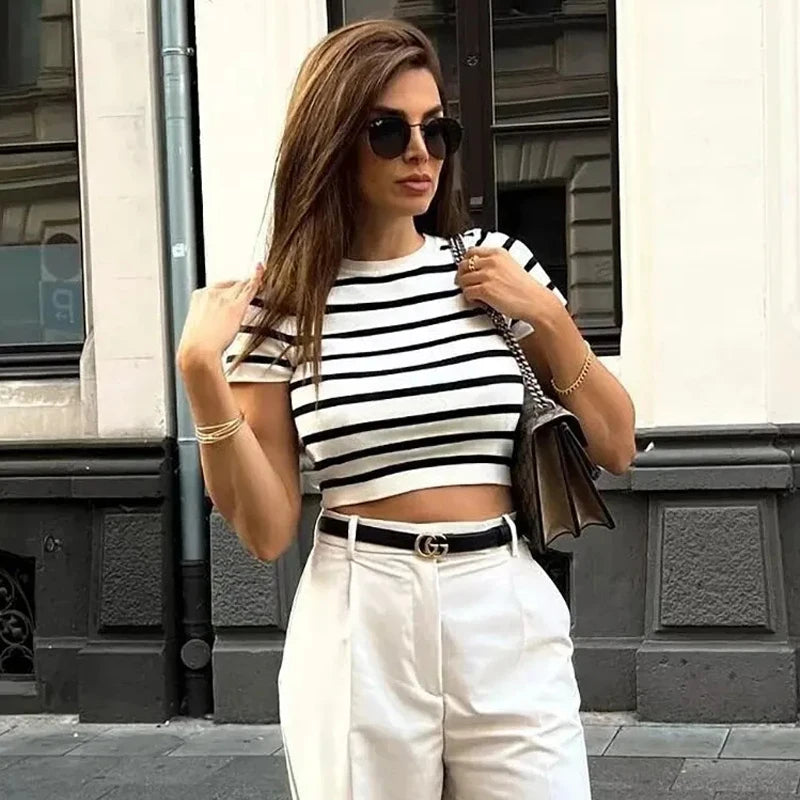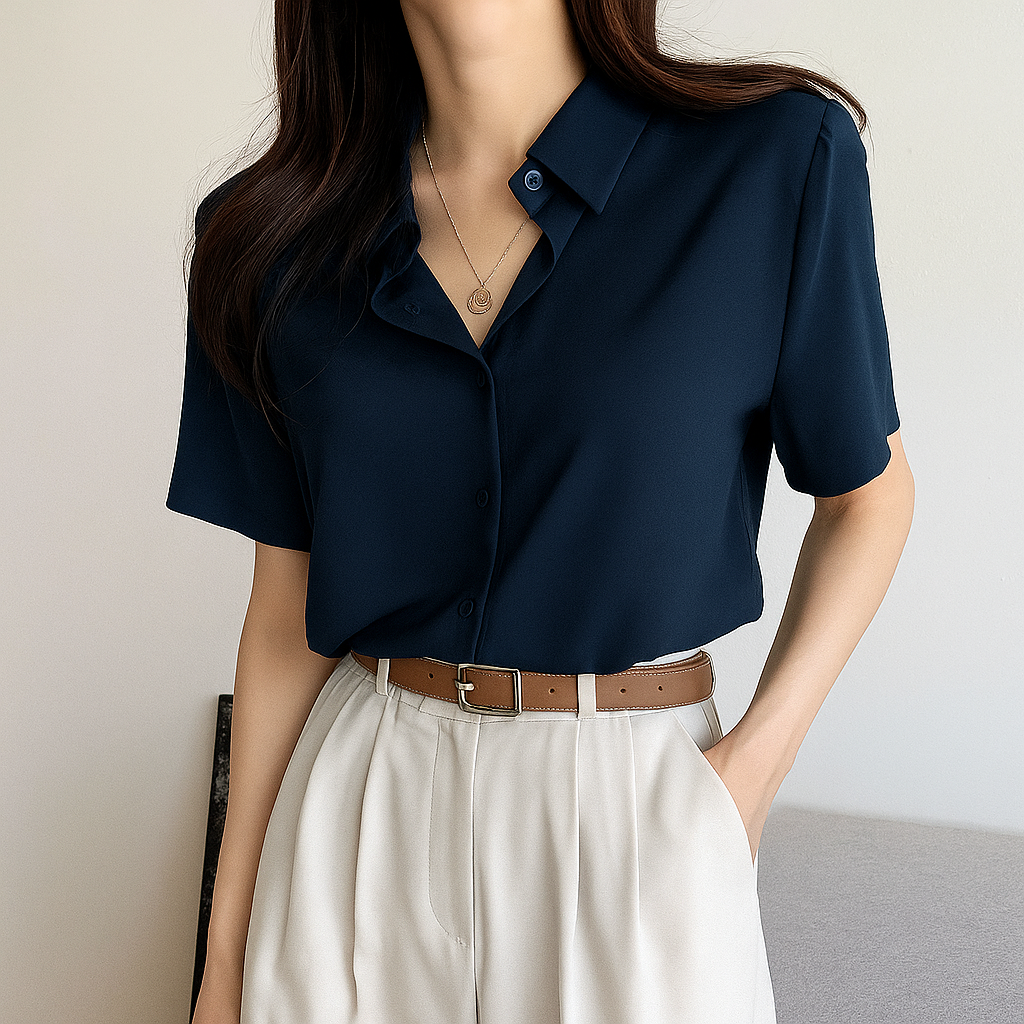
What Is the Old Money Culture? A Professional Guide for 2025
Old money culture is a code of living, not a costume. It blends discretion, continuity, and civic duty with a quiet approach to dress and daily life. Old money men and old money women value education, craft, and service. They prefer long-term thinking over quick wins. In 2025, that outlook feels fresh again. People are tired of noise and want things that last.
This guide explains the pillars of old money culture in plain language. You will learn the values behind the aesthetic, the etiquette that supports it, and the way old money style translates into real outfits. In the middle sections, you will also see three targeted product avenues on OldMoney.net—each in its own heading—so you can build a wardrobe that fits the culture rather than imitates it.
Two external sources support key points. We use a clear definition of “old money” from Britannica, and we note the rising cost—financial and social—of instant fashion from Harvard Business Review.
1) The Core Definition
Old money refers to families that have held wealth for a long time. That base creates a stable culture with habits formed across generations: moderation, stewardship, and privacy. The term itself is simple, and authoritative dictionaries define it that way. (Encyclopedia Britannica)
In practice, old money culture is not a club. It is a set of choices repeated over time. Spend carefully. Support institutions that outlast you. Keep the taste modest. Treat people well.
2) The Values That Shape Daily Life
Stewardship. The goal is to leave places better than you found them. That means donations to libraries and scholarships. It also means maintaining clothes and homes so they last.
Education. Old money men and old money women invest in learning. They cite history, read widely, and know how to listen. Curiosity is a social skill.
Duty. Volunteer work, board service, and local projects are common. The point is not publicity. The point is continuity.
Privacy. You can be friendly without being loud. Names and headlines are not the target. Character is.
3) The Aesthetic: Why “Quiet” Works
Old money style aims for ease. Fabrics breathe. Colors blend. Fit looks natural. A blazer should not bite your shoulders. A skirt should move as you walk. Nothing should need explaining.
This is not about price. It is about restraint. Choose wool, cotton, linen, leather, and suede. Avoid brittle synthetics unless they add clear function. Favor navy, charcoal, camel, cream, olive, and chocolate. Use burgundy or forest green as accents. When your palette is calm, everything works together.
4) Etiquette: The Unseen Framework
Good manners are the foundation. Hair neat, nails clean, fragrance subtle. Phones off the table. Thank-you notes after dinners. Old money men pull out chairs without showing off. Old money women send flowers after a weekend visit. Courtesy is the original luxury.
5) Money Habits Behind the Look
Buy less. Buy better. Maintain what you own. Resole shoes. Re-line coats. Mend knits. Track cost per wear, not the price tag. This mindset also answers growing worries about instant fashion’s environmental and social cost, which business analysts have flagged in recent years.
6) How to Build an Outfit the Old Money Way
Start with three questions:
-
Is it comfortable in natural fibers?
-
Does it sit within my neutral palette?
-
Will it look right five years from now?
If all three answers are yes, proceed. If not, pass.
-
For men: navy blazer, white Oxford shirt, grey flannels, brown loafers.
-
For women: camel coat, cream silk blouse, charcoal trousers, black ankle boots.
-
For either: cashmere crewneck in navy or oatmeal, polished leather accessories.
Old Money Coats: The Outer Layer That Sets the Tone
The first impression is often a coat. A single-breasted wool or cashmere-blend in camel or navy is the safest bet. Natural shoulders keep the line soft. A mid-thigh length works with suits, dresses, or denim. A good coat signals order without noise.
If you are refining the outer layer of your wardrobe, explore classic cuts in the Old Money Coats lineup here: Old Money Coats collection.
Use: city commutes, travel days, winter dinners.
Care: brush after wear; hang on a wide wooden hanger; steam, don’t press hard.
7) Tailoring: Quiet Power
Fit is the difference between tasteful and trying too hard.
-
Jacket sleeves should show a sliver of shirt cuff.
-
Trouser hems should break once on the shoe.
-
Skirts look best at mid-calf, where the leg narrows.
-
Shoulders must align with the bone—no divots.
If a thrifted jacket fits the shoulders, a tailor can fix the rest. The best old money wardrobes are a mix of well-made new pieces and smart alterations.
Old Money Women’s Shirts: The Daily Workhorses
A heavy Oxford cloth button-down softens with each wash. A silk blouse glides under knitwear. Both sit inside the palette and work with trousers or skirts. Choose white, sky blue, or a faint stripe to keep things simple.
To source durable, neutral options, review the Old Money Women Shirts selection: https://oldmoney.net/collections/old-money-women-shirts
How to wear:
-
Tie a blue stripe OCBD over a linen skirt on warm days.
-
Tuck a white blouse into charcoal flannels for meetings.
-
Layer silk under a navy crewneck for dinner.
8) Footwear: The Anchor
Shoes carry the most wear and the most meaning. Start with brown loafers and black ankle boots. Add suede chukkas or ballet flats later. Choose Goodyear-welted soles when you can so a cobbler can resolve rather than replace. Insert cedar trees at night. Polish monthly. This is culture in action: care over churn.
Old Money Glasses: Understated Frames, Lasting Signal
Good eyewear belongs in the culture because it pairs function with restraint. Think tortoiseshell acetates, slim metals, and clean lenses. The best pairs disappear into your face instead of defining it.
If you need a quiet update, browse Old Money Glasses click here.
Fit notes:
-
Frames should not pinch temples.
-
The bridge rests without sliding.
-
Colors stay within your palette.
9) Seasonal Capsules (Simple, Adaptable, Repeatable)
Spring: navy blazer, white OCBD, olive chinos, brown loafers.
Summer: stone linen suit, pale blue shirt, tan belt, suede loafers.
Autumn: camel coat, burgundy crewneck, grey flannels, black tassel loafers.
Winter: charcoal suit, black turtleneck, Chelsea boots, wool topcoat.
For women, swap in pleated midi skirts and silk dresses as needed. Keep juewellery minimal: pearl studs, a slim bracelet, a signet ring. One item at a time is enough.
10) Home Habits That Support the Culture
-
Brush wool after wear.
-
Fold knitwear; never hang it.
-
Steam shirts; avoid harsh ironing on linen.
-
Store leather away from heat.
-
Keep a small repair kit for loose buttons and threads.
These habits save money, reduce waste, and keep the wardrobe ready. They also reflect the core ethic: take care of what you have.
11) Social Settings: How Old Money Men and Old Money Women Navigate
At dinner: arrive on time, help with coats, listen more than you speak.
At events: introduce people by name, make eye contact, avoid gossip.
At work: share credit, meet deadlines, write clear emails.
Online: post less; speak only when you add value.
The same rules apply across contexts. Substance over spectacle. Kindness over clout.
12) What Old Money Culture Is Not
-
It is not buying the loudest logo.
-
It is not copying a costume.
-
It is not shaming others.
-
It is not static. The culture adapts. The values stay.
You can live the code at any budget. Choose a navy blazer that fits. Care for it. Pair it with a clean shirt and polished shoes. Act with courtesy. You are already there.
13) Why the Culture Endures
Trends move fast; trust moves slowly. Old money culture persists because it builds trust. People can rely on your taste, your timing, and your word. The wardrobe is just a sign of the deeper thing: a steady way of moving through the world.
Calm clothes lower decision fatigue. Quality lowers replacement churn. Both align with the push for better habits in fashion. Analysts warn that “instant fashion” is costly for wallets and the environment; culture, by contrast, rewards maintenance and moderation. (Harvard Business Review)



